Classroom ethnography: actors, objects and statements
Keywords:
education, physical space, child, objects, feelings.Abstract
This article summarizes the results of analysis of the preschool classroom as a space for knowledge construction in San Pedro Claver educational institution in the municipality of Puerto Boyacá. From questions about the classroom as a physical space and objects that flow into it, is to make a critical analysis, from Popper's theory, in order to understand the classroom, meeting place andtraining processes their relationship with the objects and structuresready for teaching. Within this scheme is made use of the ethnographic method for obtaining categories, which resulted in theclassification of spaces and objects according to their use and meaning as a result which led to the concept of children's classroom as a setting for the promotion of social, expression of emotions and knowledge building.Author Biography
Dalila Archila, Institución Educativa San Pedro Claver
Licenciada en educación preescolar
Universidad Pedagógica y Tecnológica de Colombia
Docente Institución Educativa San Pedro Claver
References
Bonilla, E. y Rodríguez, P. 2008. Más Allá del Dilema de los Métodos. Medios y métodos para la realización de una observación analítica. Bogotá. Edit. Norma.
Duarte, J. 200. Ambiente de aprendizaje. Una aproximación conceptual. Revista Iberoamericana de Educación (ISSN: 1681-5653)
Popper, K. 1995. En busca de un mundo mejor. Barcelona. Edit. Paidós, ,314 págs
Saldarriaga, O. 2003. Del oficio del maestro. Bogotá. Edit. Magisterio, 316 págs
Duarte, J. 200. Ambiente de aprendizaje. Una aproximación conceptual. Revista Iberoamericana de Educación (ISSN: 1681-5653)
Popper, K. 1995. En busca de un mundo mejor. Barcelona. Edit. Paidós, ,314 págs
Saldarriaga, O. 2003. Del oficio del maestro. Bogotá. Edit. Magisterio, 316 págs
How to Cite
Archila, D. (2011). Classroom ethnography: actors, objects and statements. Cultura científica, (9), 62–67. Retrieved from https://revista.jdc.edu.co/index.php/Cult_cient/article/view/218
Downloads
Download data is not yet available.
Downloads
Published
2011-10-24
Issue
Section
Article of scientific and technological research




